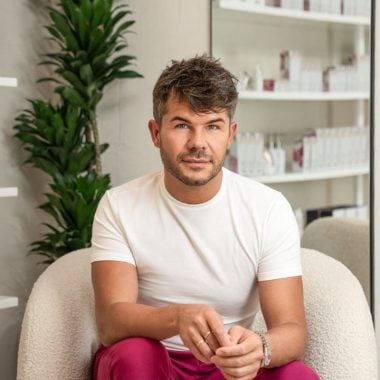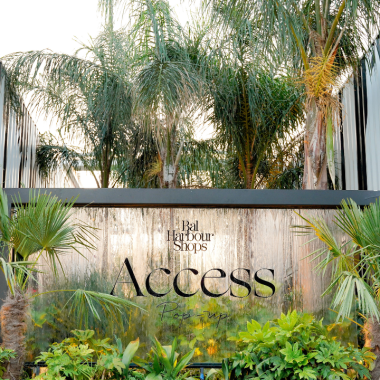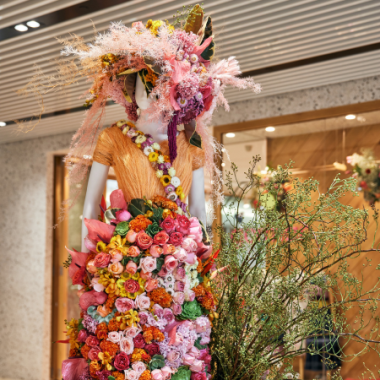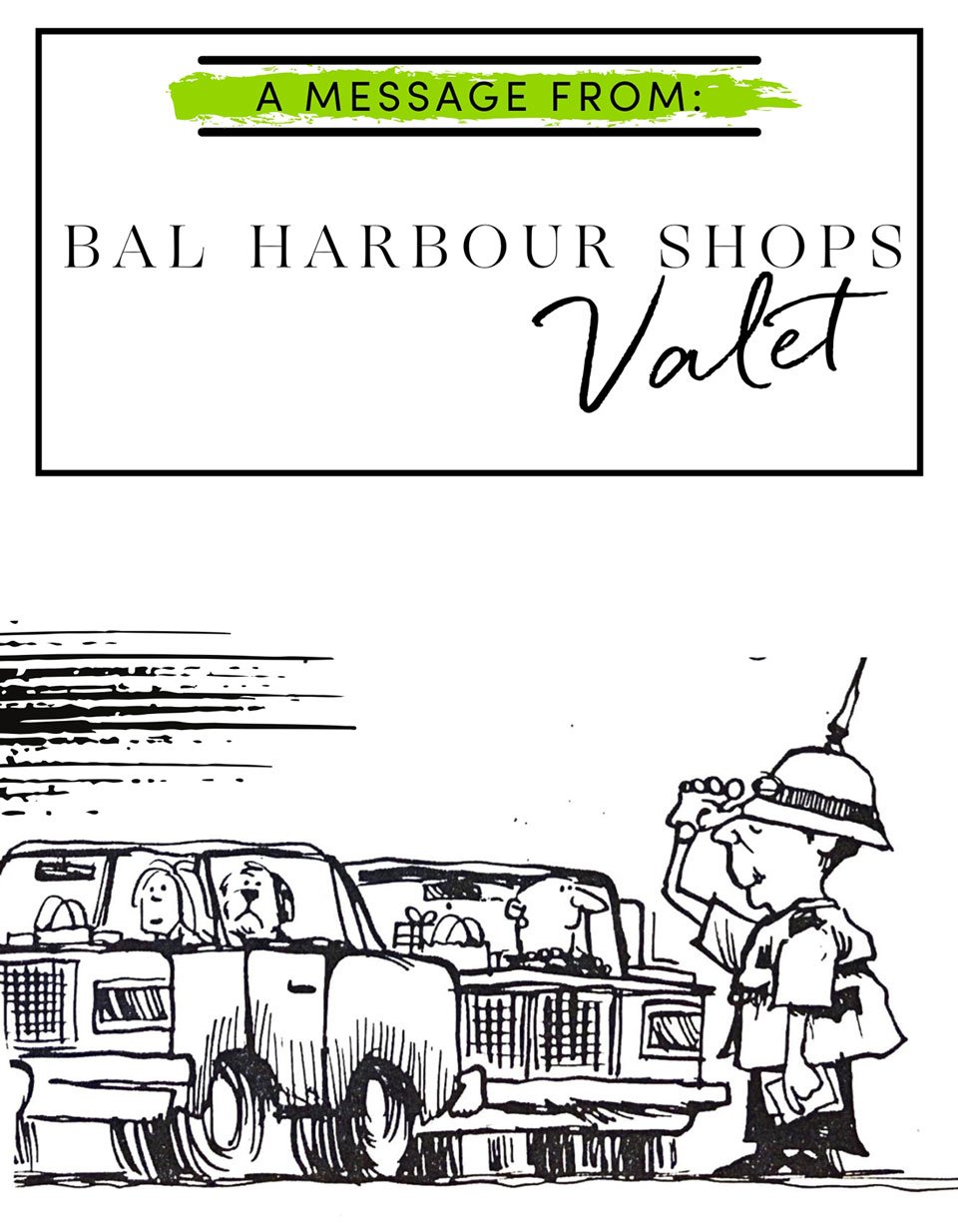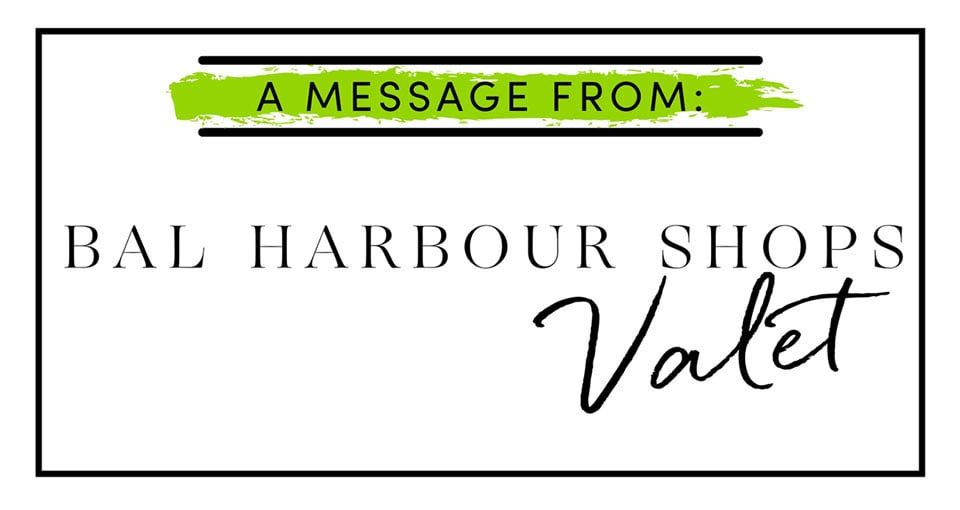By Samantha Brooks
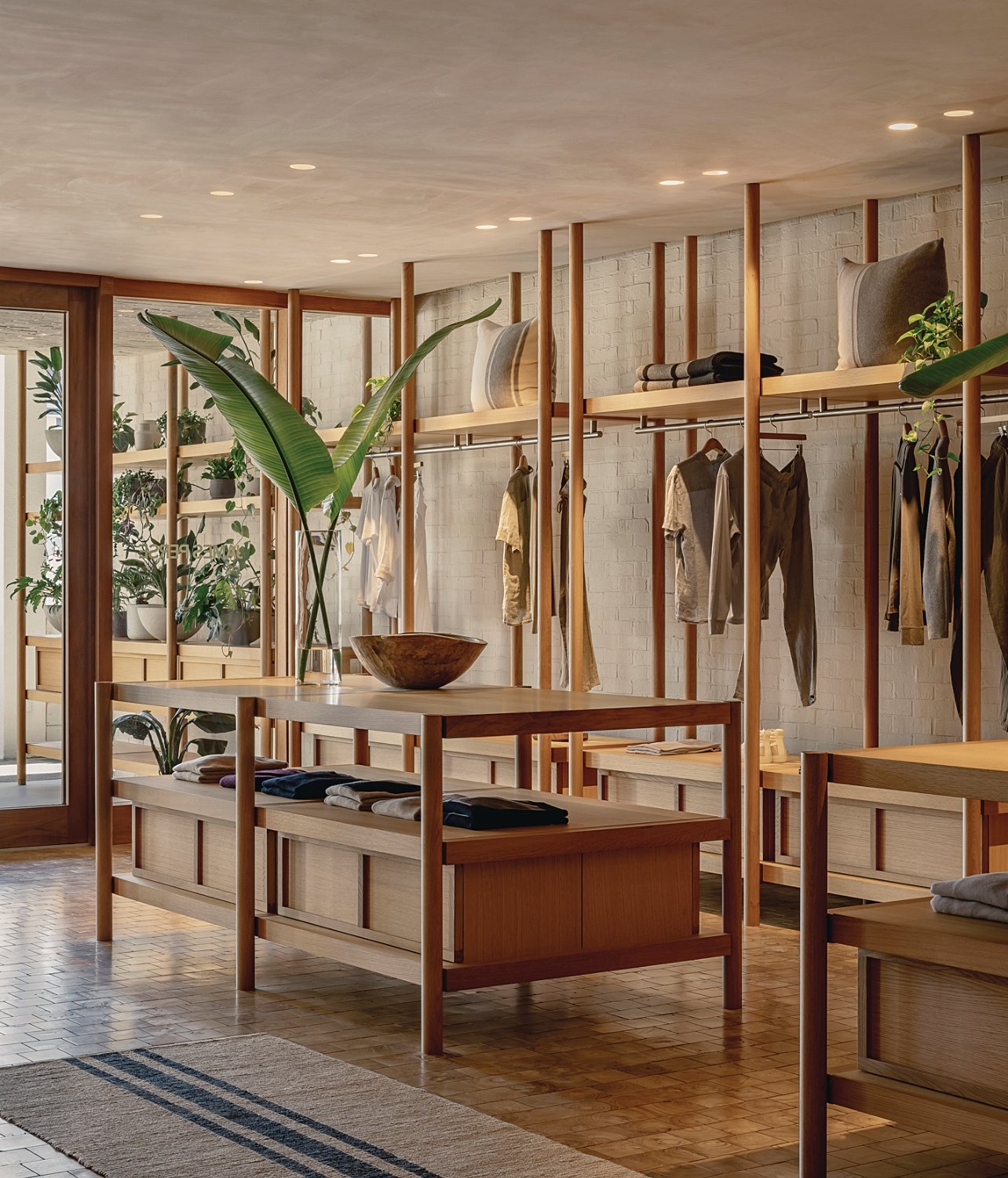
The new James Perse store at Bal Harbour Shops features design details like wood brick floors and teakwood shelving
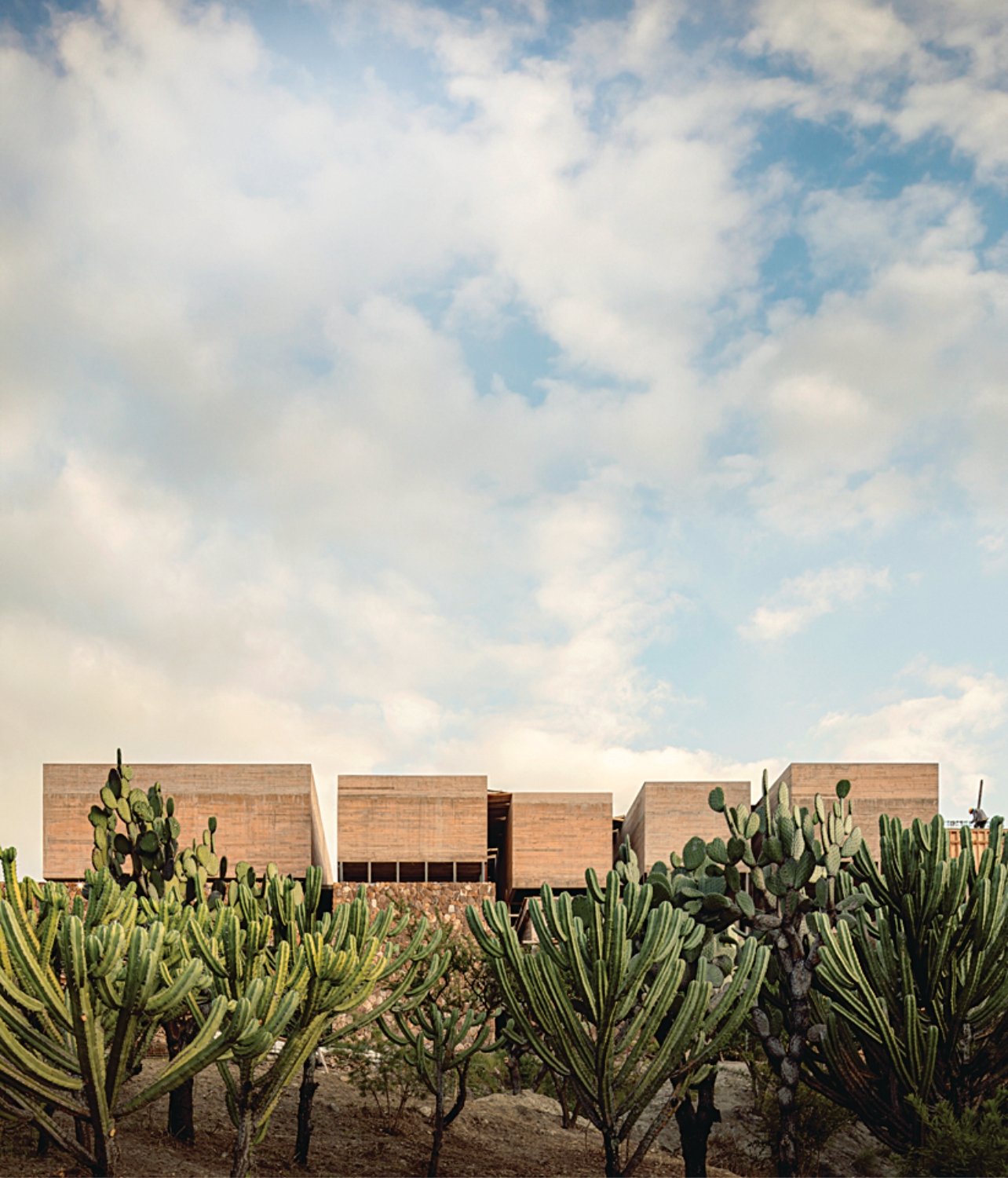
Manuel Cervantes’s Cajas De Luz in San Miguel de Allende exists in harmony with its surroundings
Mexico City-based architect, Manuel Cervantes has an international appeal, and a global roster to match. His clients—from well-known musicians and artists to developers—are all drawn to the architect’s timeless designs, which draw heavily on natural materials. The intention, to Cervantes, is to create structures that extend from their environments rather than impose on them, forming an organic partnership with their surroundings.
That kind of holistic approach appealed to James Perse, who began a dialogue with Cervates nearly eight years ago. “Our ideas around architecture were very much in alignment,” says Cervantes. “I ended up creating a vacation home for James, and through that process, we started talking about how architecture works within a city, and how retail interacts with urban communities… He wanted to rethink the concepts of his retail spaces.”
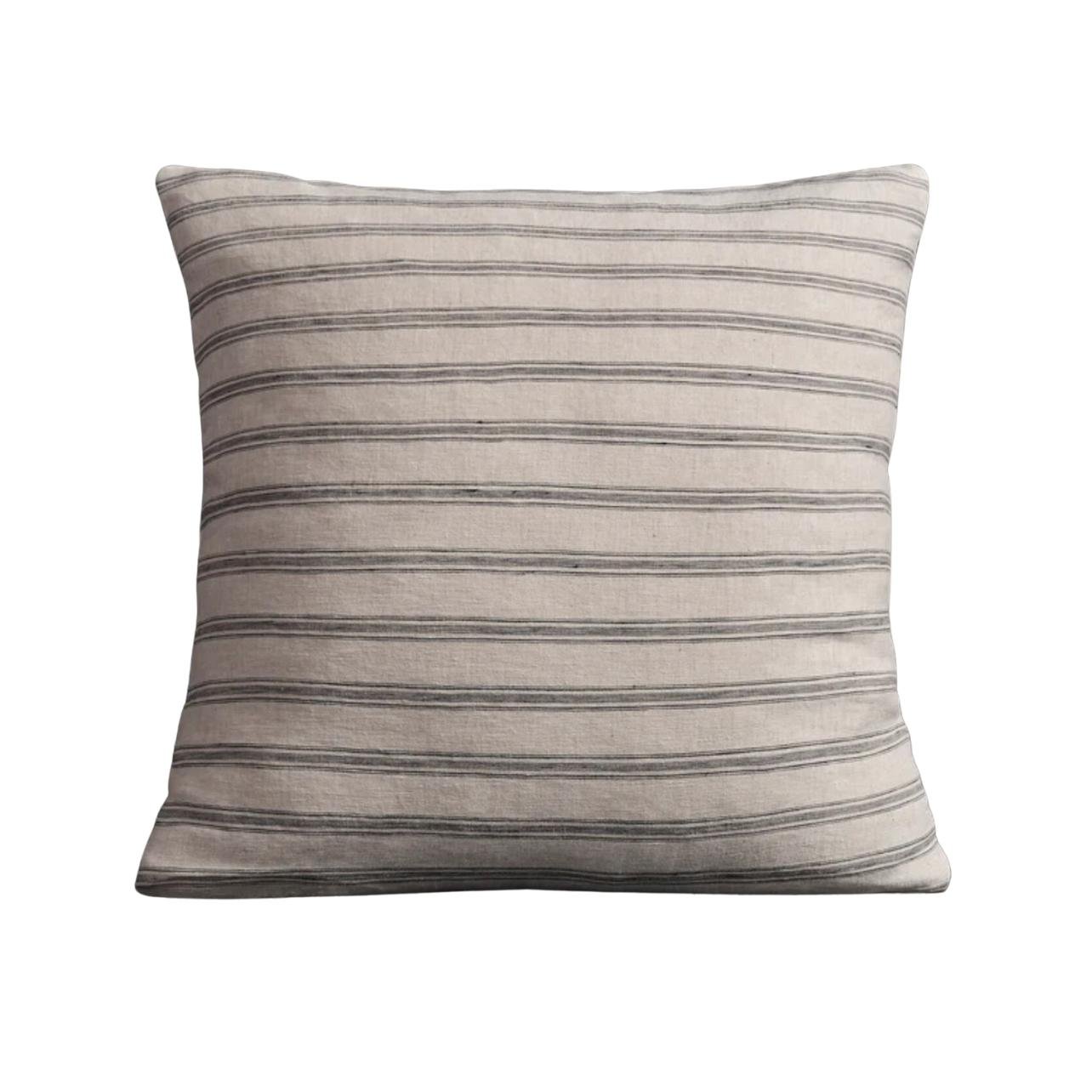
Stripe throw pillow with piping
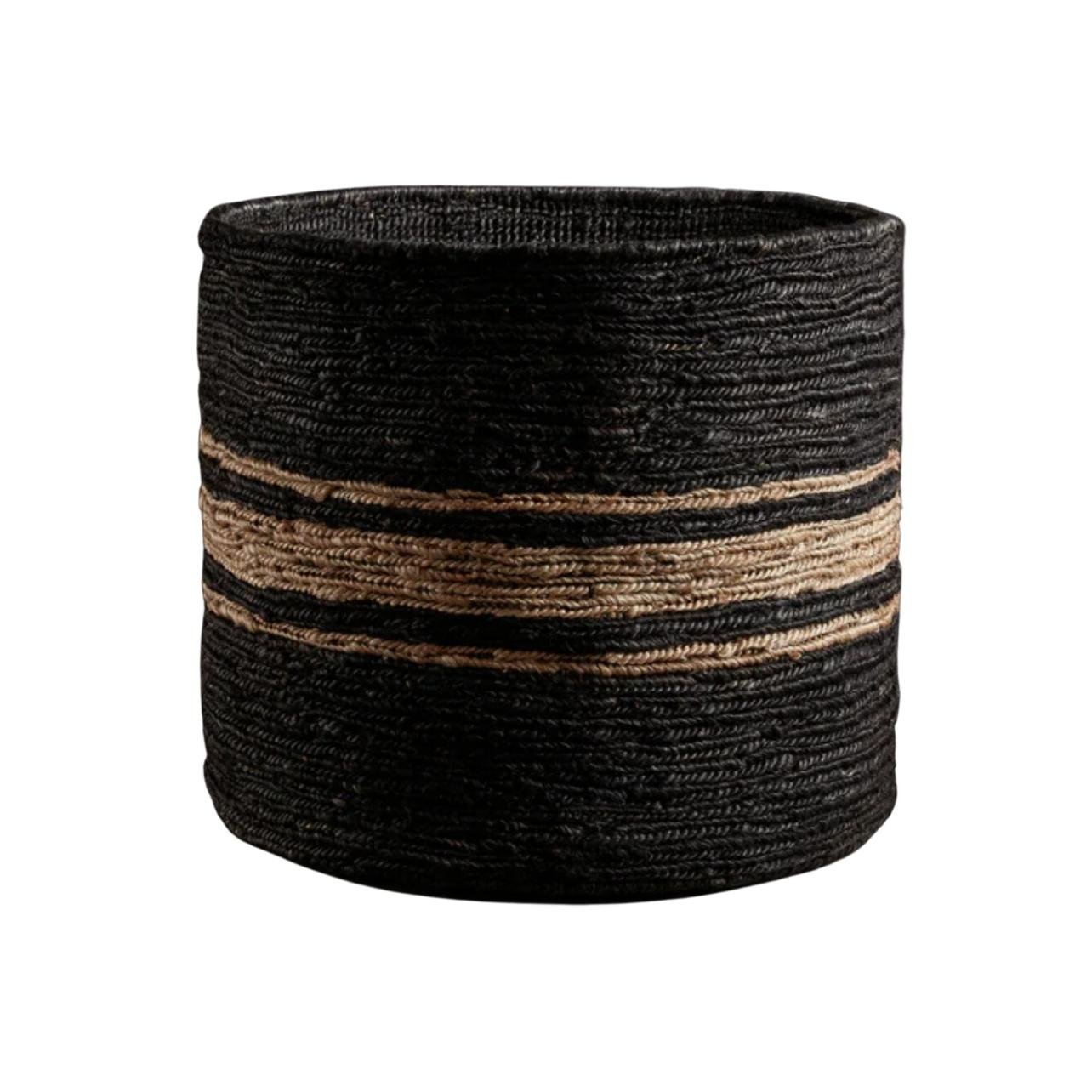
Jute basket
Pointing to his Bal Harbour Shops location as a launching pad, Perse tasked Cervantes with creating a new aesthetic concept for his stores. “It was a natural place to start—the beautiful surrounding landscape of the Shops was a great base,” says Cervantes. For the transformation, he wanted to take the DNA of the James Perse brand and produce a flexible piece of architecture that could not only make a visual impact, but that would also reduce the amount of waste—both physical and financial—that so often accompanies retail locations.
“Sometimes, a space needs to move or expand to carry different items,” says Cervantes. “So, to help anticipate how things might change, we created a blueprint for all James Perse stores that evolves around more than just a place to display clothes.” The Bal Harbour store—the brand’s highest-grossing—is comprised of bookshelves, stands, drawers, lattices, and lounging areas—all movable pieces that can transition and he repurposed or moved as needs change.
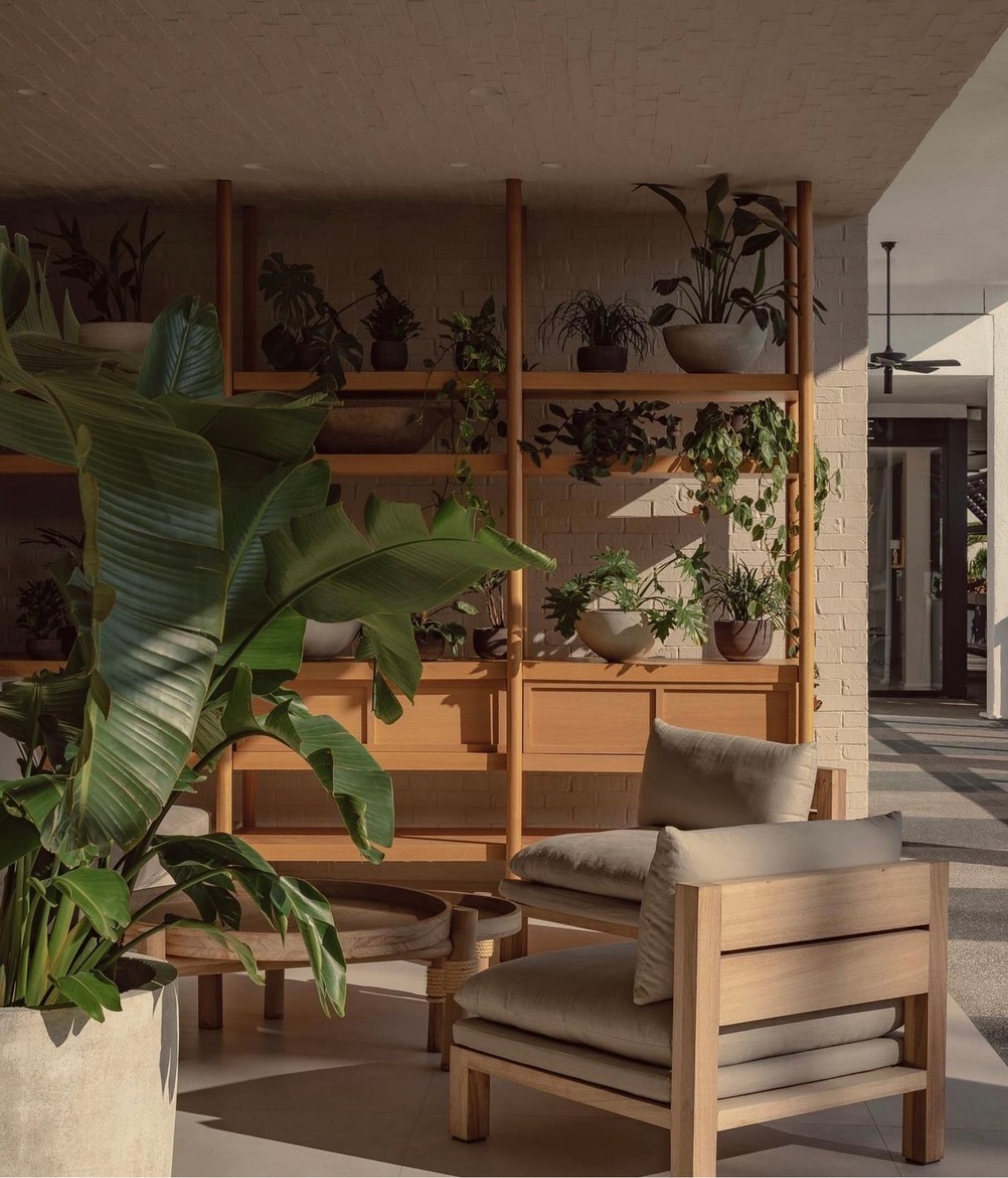
James Perse outdoor terrace oasis at Bal Harbour Shops
“James’s brand has always been about his persona and way of life. It’s not just about clothing—it may have started with T-shirts, but they’re crafting everything from beach towels to ping pong tables now. It’s about creating a vibe and an atmosphere,” says Cervantes. “The most important part of a store is its relationship to its exterior street or shopping center. So, we gave up the exterior space to terraces that create these nooks and oases in the midst of pedestrian traffic. We’re inviting the visitors to discover that it’s not just a clothing store, but a lifestyle brand. Inside, you feel the relationship to the beach and the jungle. It’s fresh, and even smells like plants and wood. We really made it relate to its setting.”
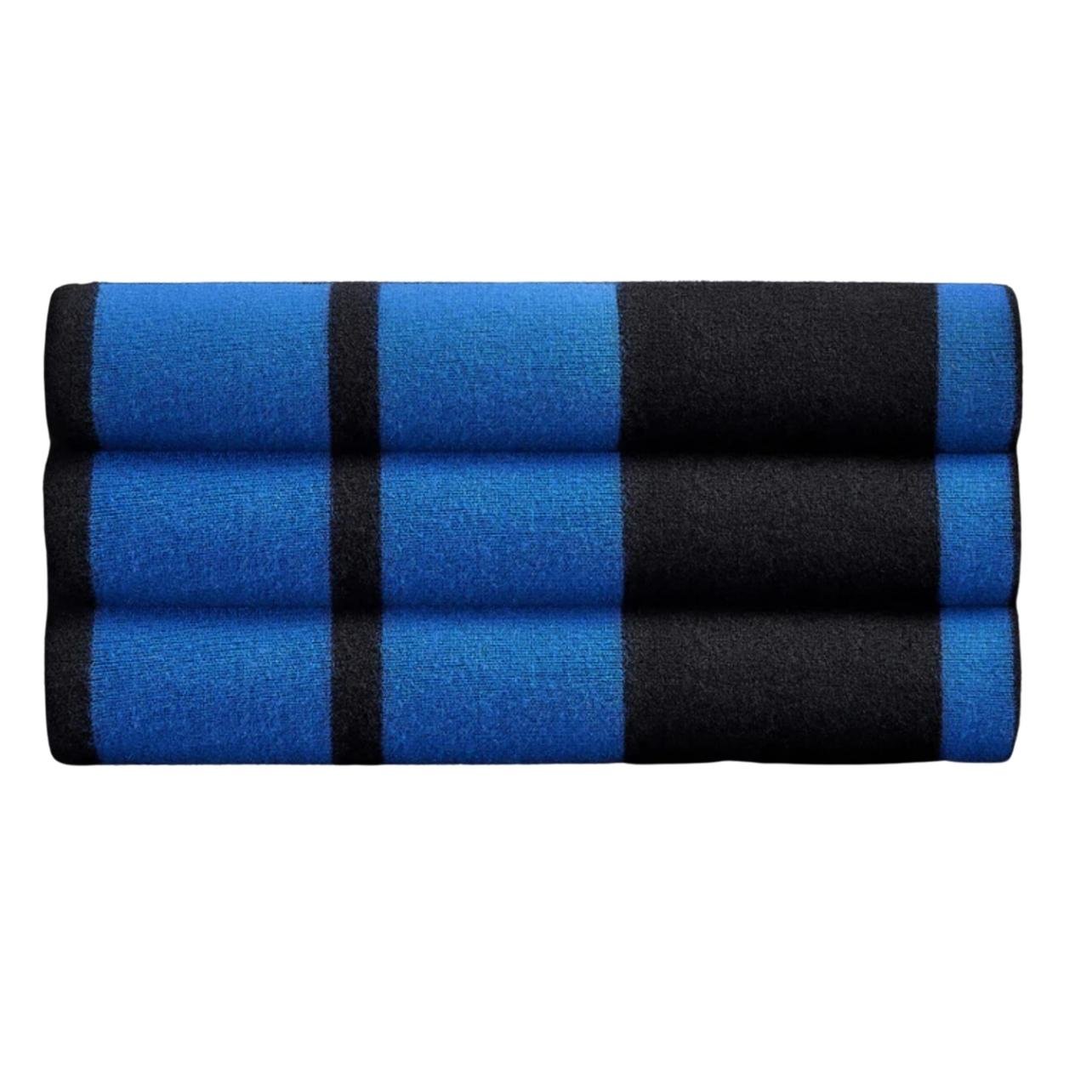
Cashmere stripe knit blanket
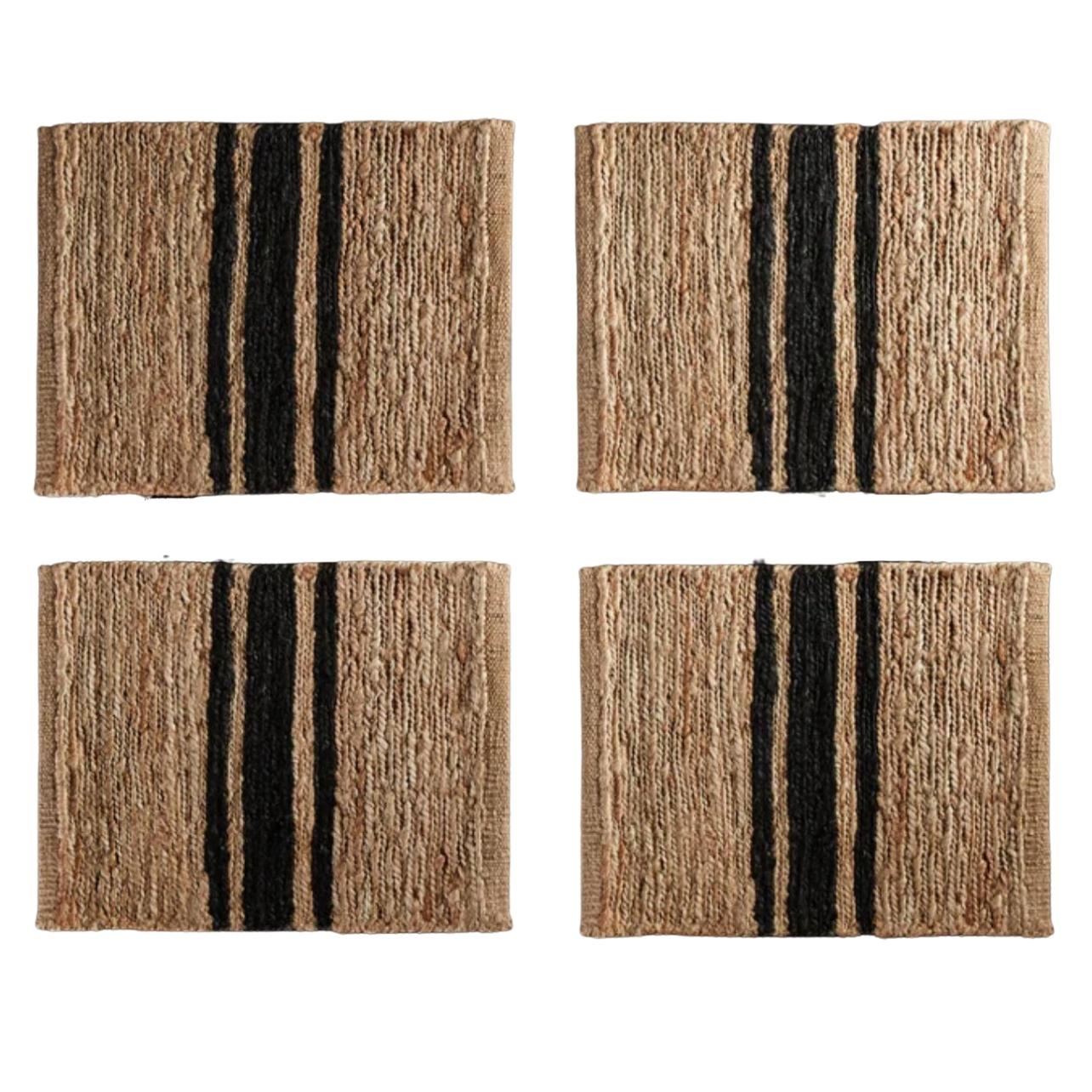
Jute placemat set of 4
While the James Perse boutique might be the inaugural foray into retail for Cervantes, it’s not his first project in Florida. He has designed private homes in Miami, and his current projects as well as residences and resorts in Tulum, Todos Santos, and Santa Teresa, Costa Rica.
“Regardless of what kind of project it is, every time that we start a commission, the first step is to understand the location and think about how we’ll have a positive impact in the places we work,” says Cervantes. “It’s about the culture and community. In the end, we want to look like we’re a part of the place, and to minimize our designs, but in a beautiful way.”

